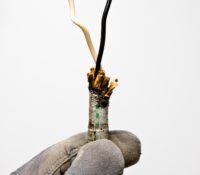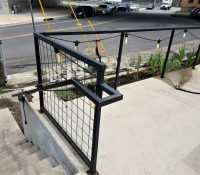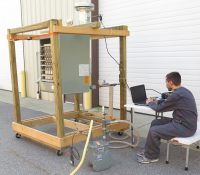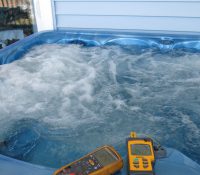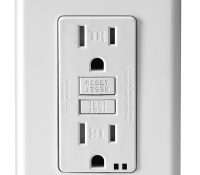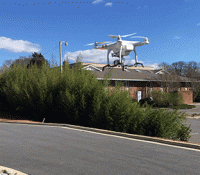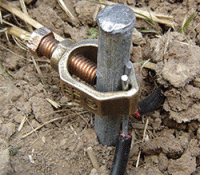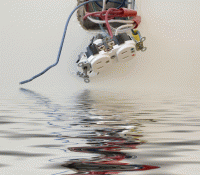Congratulations Tom Kelly on CESCP Certification!
Congratulations to Tom Kelly for completing his Certified Electrical Safety Compliance Professional designation. The National Fire Protection Agency (NFPA) program, CESCP, is designed to meet the needs of electrical and safety professionals who oversee electrical safety programs or who manage electricians and other personnel exposed to electrical hazards.




